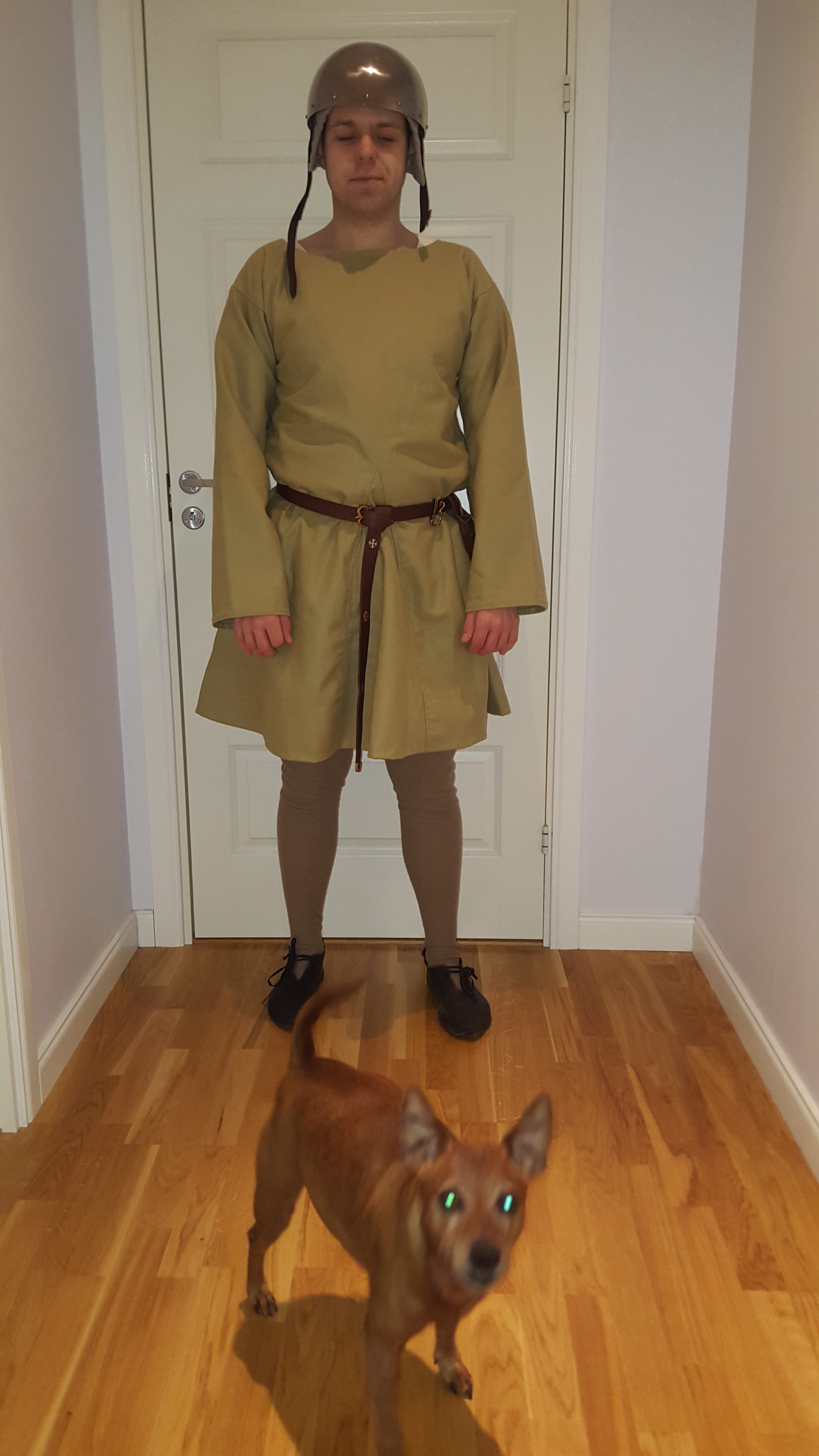The article is copied from this page: http://www.haraldthesmith.com/ and I recommend a visit there 🙂
* * * * * * * * * * * * * * * * * * * * * * * * * * * * *

WHY AUTHENTICITY MATTERS: A LETTER TO REENACTORS & EVENT ORGANIZERS
Various ‘historical festivals’ are spreading across Europe like wildfire. They seem to be spreading from the north to the south with the medieval festival/market/experience being the most common culprit in Central Europe. While some of these events have standing traditions, a lot of them sprung up in the last few years.
I have attended one of these events last summer, just before I left Slovenia behind. Until that point, I have largely abstained from partaking in reenactment in that part of the continent, because I was aware that the standards were certainly underdeveloped, but this time I somehow got talked into it. The event was promoted as a most ‘authentic medieval camp’, filled with knights, representing Slovenia in the mid-15th century. The organizers were also proudly promoting their ‘authentic medieval market’, where one could observe historical craft in action. Generally, the word ‘authentic’ was thrown around a lot. But how did it look in practice?
It was a sunny Saturday morning and I found myself standing in a section of freshly cut cornfield, with the still standing corn stalks still visible on the edges of the perimeter, forming a fence around the camp area. I walked through something meant to resemble a palisade gate, quickly banged together from some planks. I already heard the blaring sound system of an open-air stage set up one the other side of the camp. On one side of the camp by the cornstalks, there was a clearly visible line of portable toilets. The reenactors gathered around the various tents represented grades form people wearing flip-flops, to some actually trying to look medieval. Where allegiance to some time period could be determined, this spanned at least 500 years of Medieval history, with people dressed up as Vikings and early crusaders on one end and veering into the renaissance on the other. The so called historical market was, with the exception of an armourer, mostly occupied by sellers of tourist souvenirs, local arts & crafts, and just plain garbage. On the other end of the camp was a fenced-off area, prepared for a mock battle and riding games, a prominent feature of which was some kind of agricultural vehicle, disguised as some kind cart, which at best evoked an aesthetic half-way between the Wild West and Mad Max. As part of the entertainment, the organizers had a bunch of guys parading around dressed up as Franciscan monks while playing saxophones. To top it of, there was a guy ambulating around the premises – presumably a visitor – disguised as a the Witch-King of Angmar. A bad medieval event joining forces with a 3rd rate LARP. An entity far worse than the mere sum of its parts – a sight as painfully captivating as a train crash played in slow motion.
Level of Historic Authenticity: Abysmal
Level of Immersion into a Historic Setting: ZERO.
My Reaction as a Reenactor & Archaeologist: Daydreaming about carpet bombing the place with napalm.
The Visitors’ Experience: They seemed to be at least somewhat enjoying themselves. They were here to eat and drink while looking in marvel at a bunch of adults who like to play dress-up. It seemed that for them this was just another carnival.

In my introduction to living history, I have already urged my readership to pursue the highest level of quality and authenticity. But why do I so sternly insist on establishing and maintaining standards, when the visitors do not seem to care? Why should living history enthusiasts are about authenticity? Why should we bother?
Because we have the power to change the public opinion.
The public finds living history extremely fascinating, after all, this is why all of these events get organized. This makes living history a very powerful tool for the promotion of cultural heritage, and with great power there also comes responsibility. This power power turns actors in living history into something akin to museum workers.

Even if we care enough, why don’t our visitors share this fervour? The people do not actually know what is authentic, the average visitor has an interest in history, but does not devote time to the meticulous study of details such as clothing. Thus the visitor tends to believe everything that he sees to be authentic. In his mind, if you see something at a Roman/Viking/Medieval event, then it evidently must be Roman/Viking/Medieval. After all, these people were selected by an organizer, who promised the visitors an ‘authentic experience’. Therefore, the average visitor sees little reason to question what they see and does not differentiate between fact, fiction, or even blatant sloth and stupidity on the performer’s part.
So, if this lack of public criticism is caused by a lack of knowledge, why would anyone with at least a general interest in the past and heritage be uninformed in this age of public education, libraries and the internet?
1. Their preconceptions are already twisted by popular media. Just because there is a lot of easily available information out there, it does not mean that most of it is correct. The Horned Vikings of classic Hollywood, Vikings in Leather Biker gear, 16th century armour in a 9th century setting, invented clothing patterns which rely on modern elements, people in all kinds periods wearing huge leather bracers which do not seem to serve any function, etc., etc. We have decades of really misguided representations of the past to fight against, and big ‘historical productions’ are popular again, with a range of series and films coming out each year. The entertainment industry is in the business of selling entertainment, not providing education.
2. Even a lot of museum displays often offer questionable reconstructions, which show a very outdated state of knowledge about how the past looked like. Often these were put up with a very limited budget, by somebody who just barely knew what they were doing and wanted to simply slap something on a mannequin, in order to make the exhibition ‘more engaging’. Do not completely trust archaeologists in these fields, unless they have specialised in reconstructing costume. Just because they can go on for hours about jewellery typologies, that does not mean that they actually know how their object of study fits into the outfit as whole, or what is the whole meant to be. There is a certain correlation between a region or country having a well developed reenactment scene, and the amount of research being done on things such as ancient costume.
3. The public might not be primarily interested historical accuracy. Being entertained and being able to relate to what is presented is given priority. This a lesson which museology had to accept in trying to open up to a wider audience, and it applies to living history as well.
This presents some challenge to the participants, and especially to the organizers who should be enforcing these ideals. First, we have to do our homework to create an image of the past which is as accurate as possible. Secondly, we have to make this image entertaining by making it engaging and relatable. There might be various ways of achieving this, and we will have to keep innovating and refining our method. A bit less sitting around drinking, and more displaying craft in a didactic manner, and even offering engaging hands-on experiences to the participants might be a good start for many.

Also keep in mind that, if we as living history enthusiasts do not adhere to a strict ethos of authenticity, then we are actively lying to the audience, therefore making things even tougher for those who are actually trying to inform and educate the public.
If all the participants and visitors were well informed on historical fact, then authenticity would be less important – at least as far as the message is concerned. Since everybody would know what is what, history and fantasy could coexist in the same space in the name of good fun and creativity. Instead, we are give the task of educating the visitors at our evens. Therefore we should at least make the effort to educate them right.
But striving to creating an authentic, captivating, environment also has beneficial experiential aspect both for the visitor and the performer. It increases the level of immersion, the magic quality of theatre, present at the event. One should not underestimate the theatrical qualities of a historical market. An immersive environment allows the participants fall into character, thus increasing their enjoyment. Since the participant is immersed in the role, they do not need to ‘put up an act’ for the visitor, therefore presenting to the outsider a more gripping experience. Not only is the whole experience all of a sudden more believable it is also a lot more enjoyable to both parties involved. Are we not in this because we are deeply interested in the past and want to have fun with it?
In Summary – If you wish to engage in reenactment, uphold the highest standards of historical accuracy. Otherwise you are actively deceiving those who visiting these events, you ruining the fun for the other participants, and even potentially sabotaging your enjoyment. Striving towards authenticity might be more challenging if you are just starting, but it will pay off in large dividends further down the line. It will make you more knowledgeable, deepen your enjoyment of living history and open the gates to some amazing events in future.
Have some examples of best practice or some horror stories from events, which you have visited? Do write in the comments bellow.
* * * * * * * * * * * * * * * * * * *
So – just to be clear. This is not MY wrighting. It is Harald the Smith who wrote this. But I really agree // Marie @ Simply Medieval



 you just have to ask.
you just have to ask.
















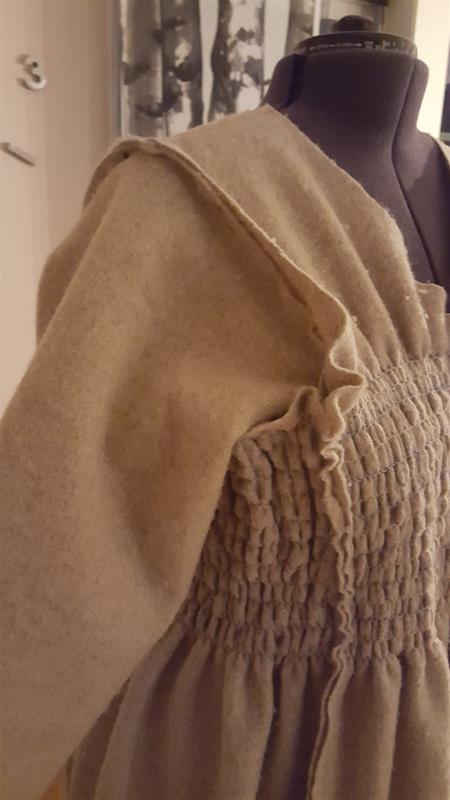
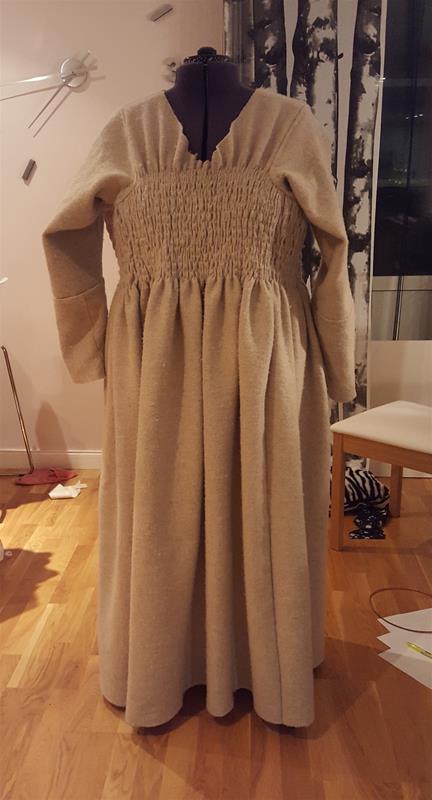




























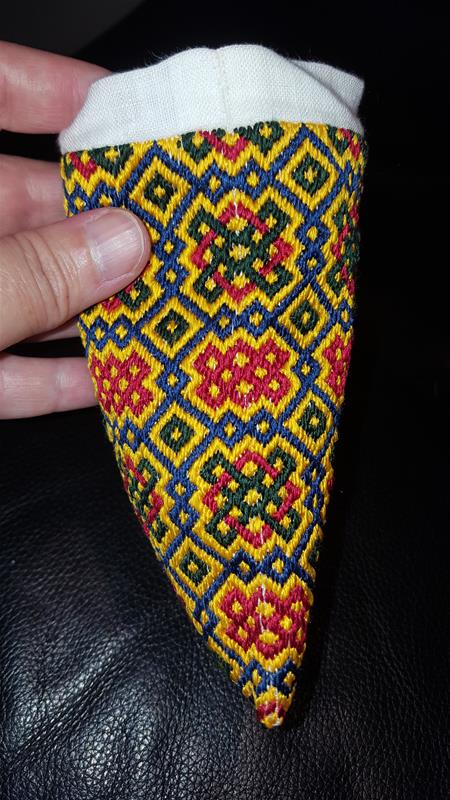





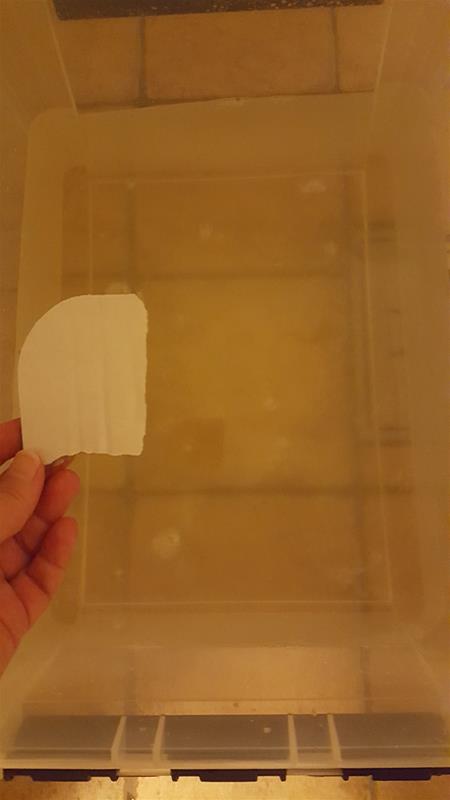
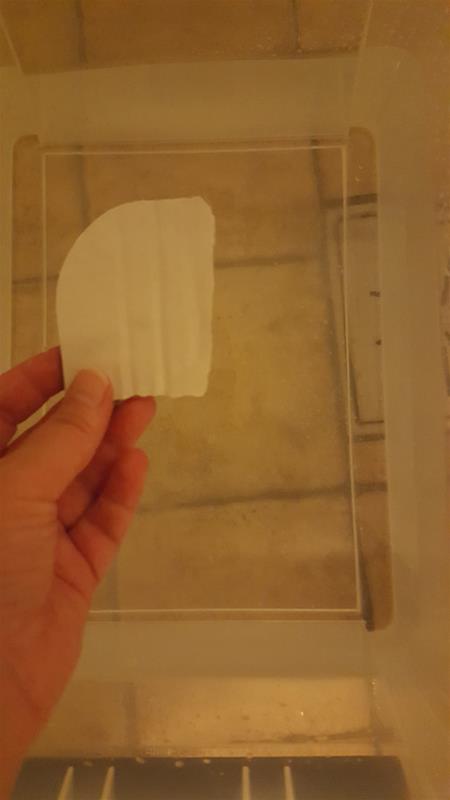




 We all agreed that it should be a white trim, so I could keep the hearts I already cut out, but I had to do the same amount but smaller i a blue fabric that Maria threw in the mail.
We all agreed that it should be a white trim, so I could keep the hearts I already cut out, but I had to do the same amount but smaller i a blue fabric that Maria threw in the mail.















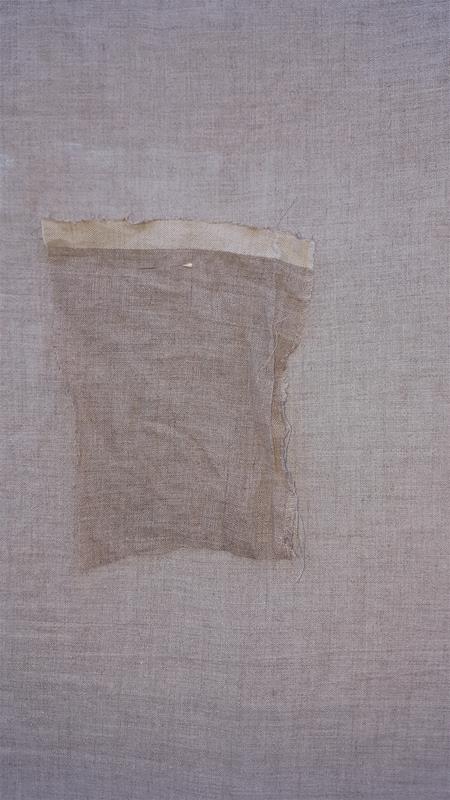





 Unfortunately I only had this with Swedish text, but I hope that you get the picture so to say
Unfortunately I only had this with Swedish text, but I hope that you get the picture so to say